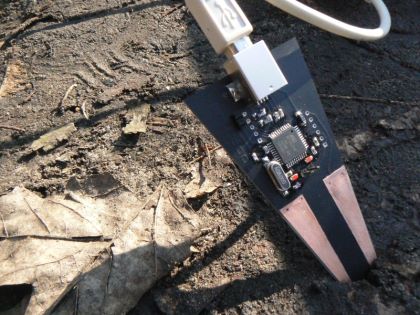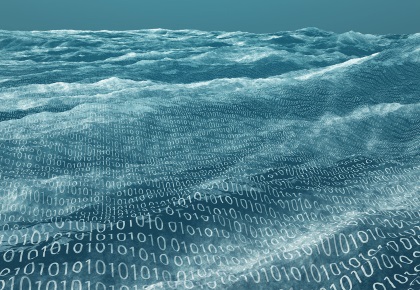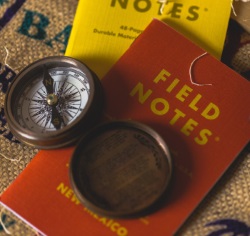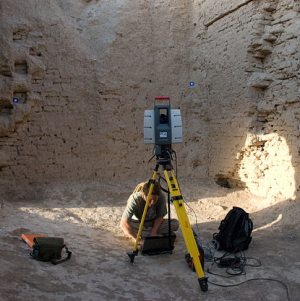
Data is tricky stuff. It can appear to be self-evident but equally may be elusive. It can be material yet immaterial, tangible but ephemeral, objective yet biased, precise but inaccurate, detailed but broad-brush. It may be big or small, fast or slow, quantitative or qualitative. It may be easily misrepresented, misconceived, misunderstood, misread, misconstrued, misinterpreted. It can be distorted, altered, mangled, wrangled, and reshaped into something it never originally was according to different purposes and agendas. Data is slippery and perilous, but we often overlook its characteristics and peculiarities in the pursuit of interpretation and – hopefully! – knowledge. Looking over this blog, I’ve written a lot about data over the years. In the process, I’ve undoubtedly repeated myself, quite probably contradicted myself, sometimes confused myself, and that’s before considering any of my more formal publications on the subject! For instance, there’s the question of missing and unknown data, data associations, data metaphors, data reuse, data proxies, big data, and quite a lot more besides on data archiving etc.. Not only does this highlight how fundamental data are, but it perhaps underlines the value of a range of different perspectives about the character and nature of data.







